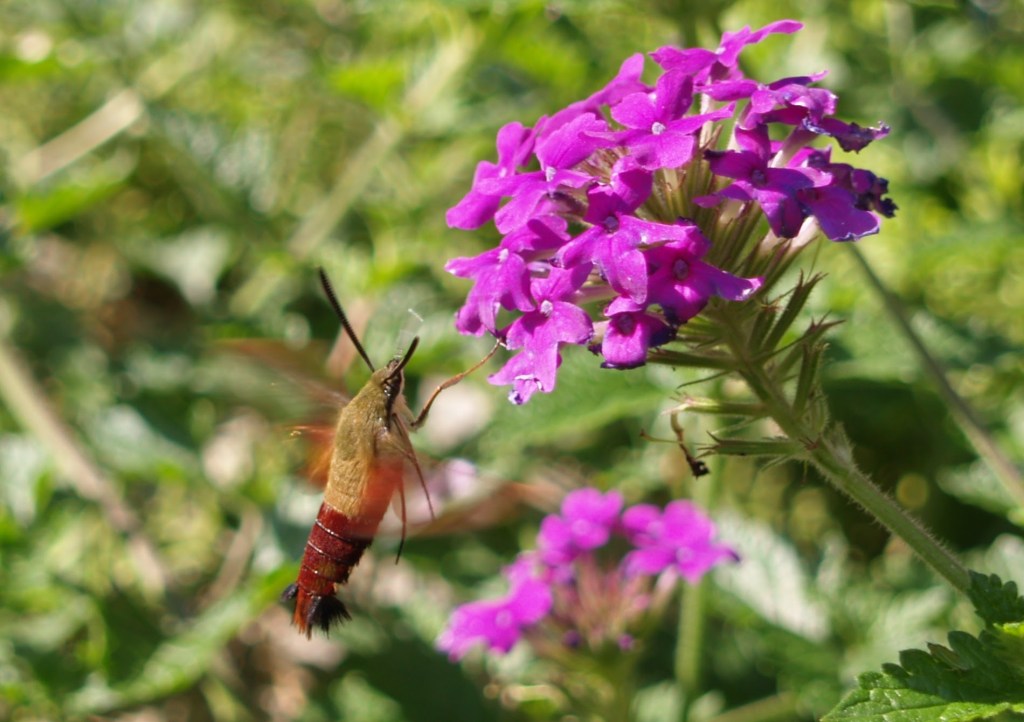While this garden was not initially intended as a haven for wildlife and pollinators, it has developed into an ideal habitat for both. Rabbits and squirrels are seen daily, with evidence that deer are regular visitors despite my spraying a repellent to protect vulnerable plants. Scratches on the lid of the koi food pail tell me that racoons or groundhogs are also regulars.

In summer, hoardes of bees, butterflies, and other insects verify that this has become a pollinator friendly garden, and several flowering plants stand out as favorites.


Unquestionably, at the top of the list is Mountain mint (Pycnanthemum muticum, above). With hundreds of bees and wasps buzzing between flowers on sunny afternoons, my wife veers around a path where Mountain mint arches close despite my assurances that they are too busy collecting to notice her.

I suppose that Mountain mint could be contained in a smaller space, but as I witnessed its attraction to pollinators, I let it roam freely in soil that can become too damp for more finicky plants. As it comes too close to what were once distant neighbors, Mountain mint is easily controlled. The flopping stems too near the path will be pulled in September as its flowers fade.

Butterflies typically avoid the chaos of Mountain mint, but they are pulled away from earlier flowering butterfly bushes (Buddleia, above) as Joe Pye weed (Eutrochium purpureum, aka Eupatorium, below) comes into bloom. I’ve planted several compact ‘Little Joe’, but much taller seedlings appear randomly. These are easily weeded out, though several are encouraged and one supported by growing through a tall azalea by the garden shed has been left so that butterflies are enjoyed as we pass to visit the lower half of the rear garden.

The shorter Joe Pye is well suited to most sunny and part sun gardens, though it survives and flowers more sparsely in shade. The taller native is suited to the back of a flowering border where it is supported by stiffer neighbors. Seedlings are not rampant and it does not spread with Mountain mint’s enthusiasm.

Gre
Wonderful video of the butterflies!